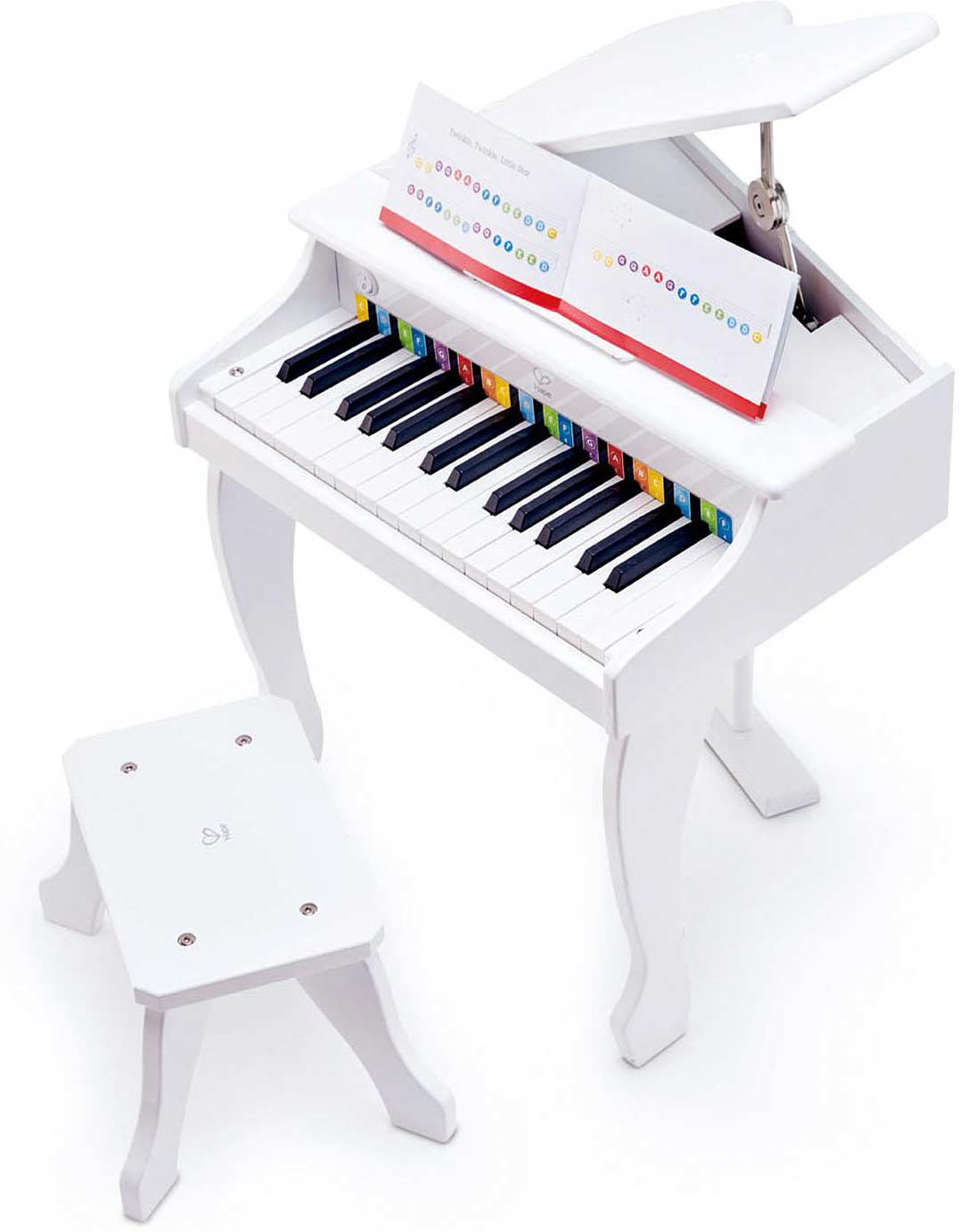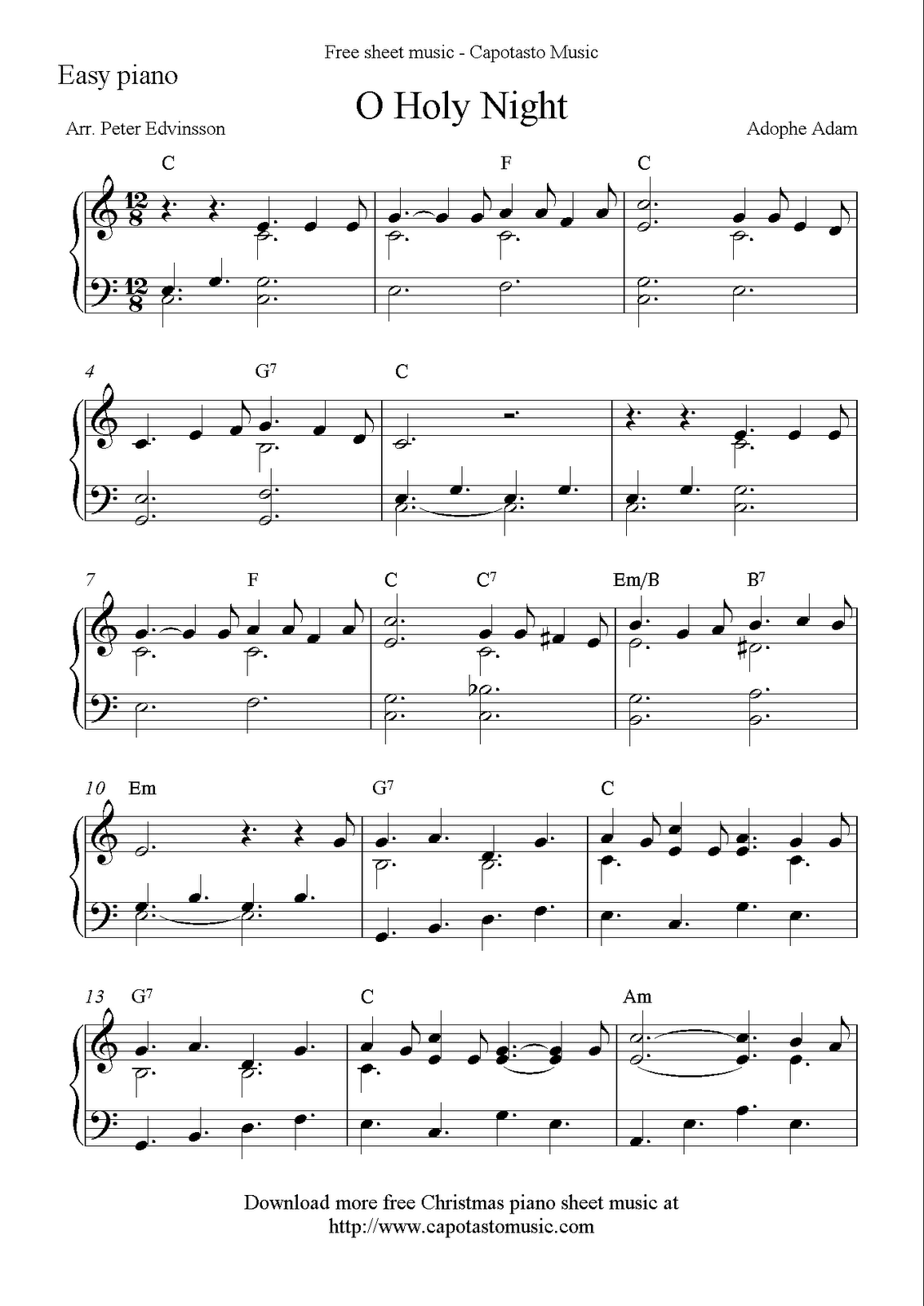
Speakers: We pay attention to the quality of the speaker systems built into the pianos.Because we limit our tests to models with weighted action, we have an effective price floor of around $300. Pricier models may offer better sound, nicer styling, and more features, but nothing that’s really necessary for student use. Price: To keep the focus on models that a student or a beginning player can afford, we set a price ceiling of $600, which still buys you a very good digital piano.Our panelists place the greatest priority on the grand-piano sound but also give extra points to pianos that offer other good sound options. However, some of those extra sounds are so cheesy and fake as to be useless, in our opinion. Sound options: All of these pianos offer a digital simulation of a few different grand pianos, as well as simulations of electric pianos (such as a Rhodes or Wurlitzer), other keyboards (such as a clavinet or organ), and various other instruments.

Hammer action best replicates those possibilities. Although an acoustic piano’s keyboard might look like nothing more than a bunch of on/off switches, in reality it allows for a range of volumes and timbres that you can achieve depending on how quickly or strongly you depress the keys. Second, it allows for more variation and musicality in the way you play a note. First, it helps you build finger strength while practicing (a spring-based action only minimally addresses this). Using a keyboard with weighted action is beneficial for multiple reasons. Graded, or progressive, hammer action takes that a step further by increasing the weight of the action as you descend to the lower notes on the keyboard. Hammer action uses a hammer mechanism like that found in an acoustic piano to replicate the feel. Semi-weighted action uses a spring to create the resistance you feel when pressing a key and its rebound when you lift your finger.

With a digital piano, the closer the action is to that of an acoustic piano, the better.


 0 kommentar(er)
0 kommentar(er)
